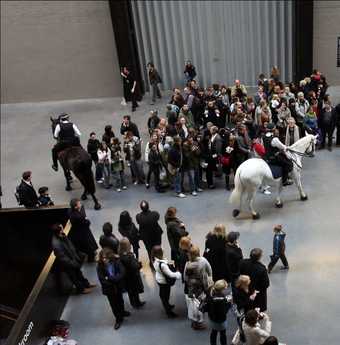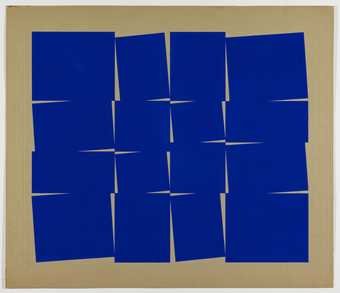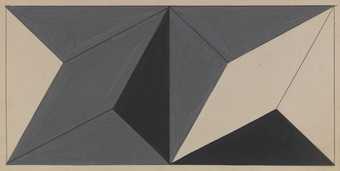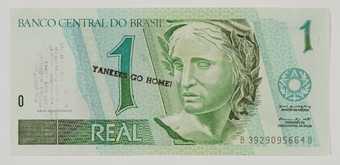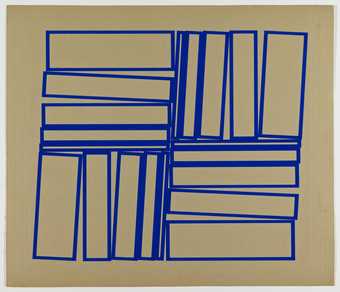
Hélio Oiticica
Metaesquema
(1958)
Tate
Artists Hélio Oiticica, Lygia Clark, Rogério Duarte and Antonio Dias used anthropophagia in the sense of a cultural and musical cannibalism of other societies.
Embracing the writings of the poet Oswald de Andrade (1890–1954), who wrote the Manifesto Antropófago (Cannibal Manifesto) in 1928, they argued that Brazil’s history of cannibalising other cultures was its greatest strength and had been the nation’s way of asserting independence over European colonial culture. The term also alluded to cannibalism as a tribal rite that was once practised in Brazil. The artworks made as a result of this concept stole their influences from Europe and America but, ultimately, were rooted in the cultural and political world of 1960s and 1970s Brazil.

